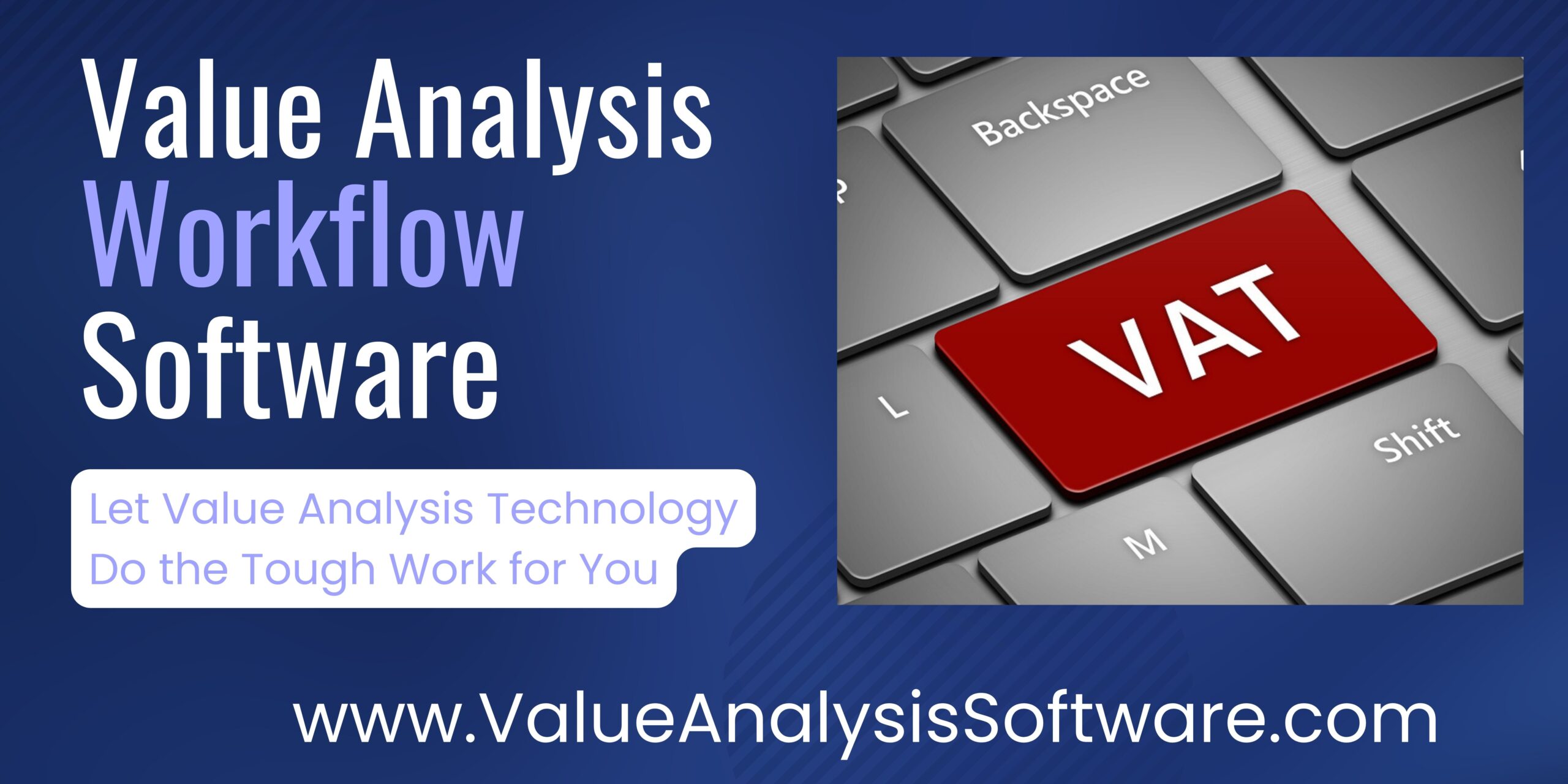Robert T. Yokl, President/CEO, SVAH Solutions
The established purpose of value analysis, created by Larry Miles in the 1940s at GE, was to look for lower cost functional alternatives to the products, services, technologies, and processes your healthcare organization is employing now. Is this what you are accomplishing with your VA program, or has value analysis been transformed at your institution into a new or renewal group purchasing organization (GPO) contract and new product vetting process? If so, you are missing an enormous savings opportunity with your value analysis program. Let’s look at how you can turn your VA program around to be more cost effective.
Annualized Supply Savings Calculator Shows You The Way
Most value analysis programs only calculate and report their GPO and new product, service, and technology savings as opposed to calculating (Figure 1) global savings (less any budget increases) to give a realistic picture of how value analysis is contributing to your healthcare organization’s bottom line.
Figure 1: Annualized Global Value Analysis Savings Calculator
As this savings calculator denotes, if you aren’t categorizing your savings in this fashion, it highlights that you aren’t attacking your organization’s savings opportunities in all areas of your supply streams. Of particular note, if you aren’t subtracting the new product, service, and technology budget increases from your savings totals, you are distorting your savings calculations. Remember, value analysis is all about saving money, not adding additional costs to your healthcare organization’s budget. To this end, most new products, services, and technologies aren’t that new, different, or required to meet your customers’ basic functions.
Your Customers Don’t Need Everything They Are Requesting
Most healthcare organizations’ value analysis managers receive hundreds of new product, service, or technology requests annually, yet might not realize that their customers might not need everything they are requesting. From our experience, your customers are specifying their requirements based on a catalog, webpage, and/or sales rep suggestion, which frequently produces product, service, and technology over-specifications or under-specifications in too many circumstances. That is why performing a functional analysis is so important in evaluating new product, service, or technology requests. For example, if a new cardiac catheter is requested with three ports, you can request your customer to define the functions of each of these ports. This will test the validity or necessity for the need of these ports.
Commonly, you will find that they don’t need all the ports they are requesting. This is how to test whether your customers need everything they are requesting. You will be amazed at how many functions your customers don’t really require to meet their stated purpose. Functional analysis is your first line of defense to ensure that your customers absolutely, positively need everything they are requesting. This value analysis technique can save you tens of thousands of dollars in unnecessary requirements in a very short time. Keep this value analysis technique in mind the next time you receive a new product, service, or technology request.
| About Robert T. Yokl, Founder & Chief Value Strategist for SVAH Solutions |
|---|
| Robert T. Yokl is President and Chief Value Strategist at SVAH Solutions. He has four decades of experience as a healthcare supply chain manager and consultant, and also is the co-creator of the Clinitrack Value Analysis Software and Utilizer Clinical Utilization Management Dashboard that moves beyond price for even deeper and broader clinical supply utilization savings. Yokl is a member of Bellwether League’s Bellwether Class of 2018. https://www.SVAH-Solutions.com https://www.SavingsValidator.com |






